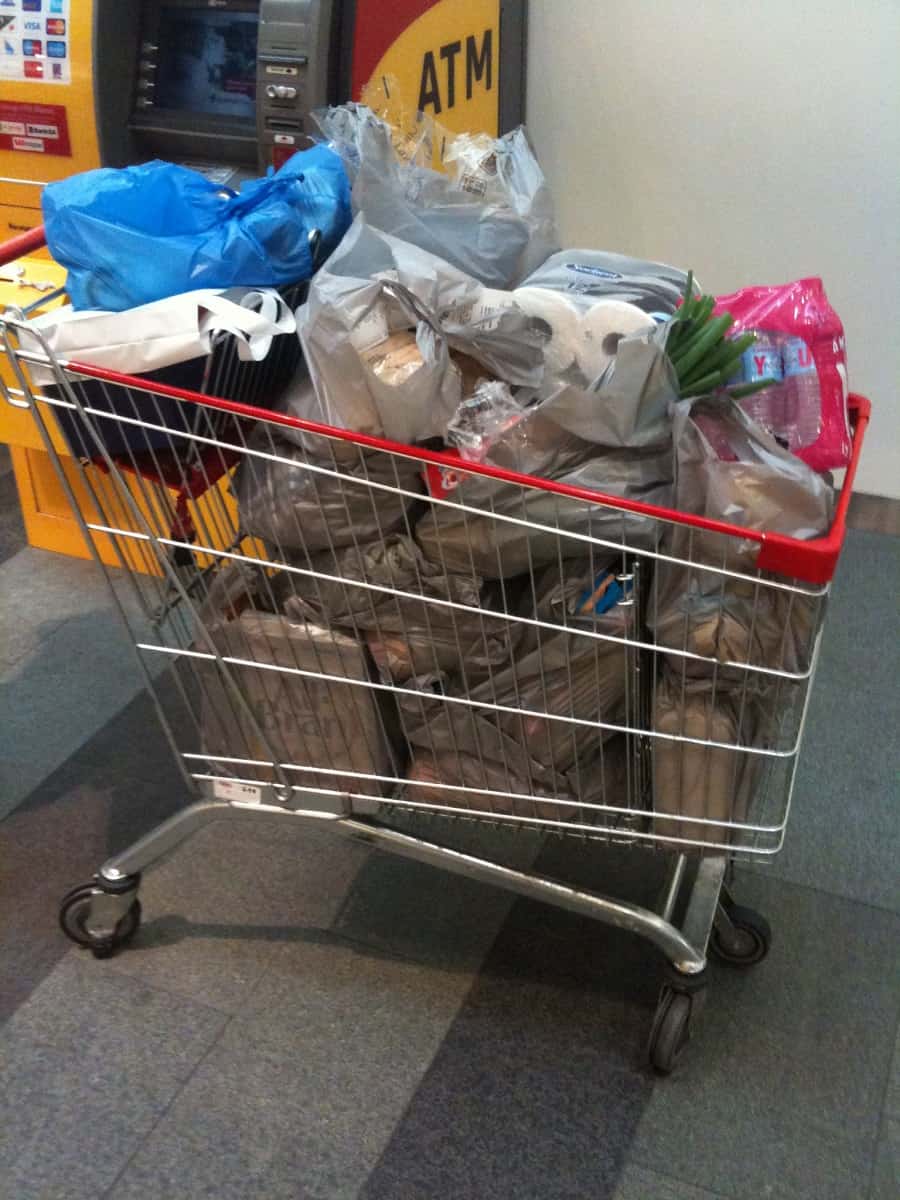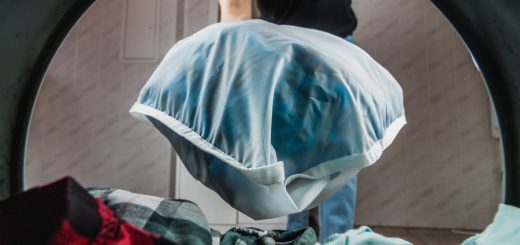6 Places You’ll Find Hidden Plastic (That You Probably Didn’t Realise)

Whether you’re taking part in Plastic Free July (meaning you’re attempting to use no single use plastic for the whole month of July) or you’re just interested in doing your bit for the environment, wanting to be able to compost your waste, or recycle it, rather than sending it to landfill, chances are you’d rather have a little less plastic in your life. After all, it’s extremely persistent in the environment, it leaches toxins, it cannot be truly recycled (only downcycled) and it harms wildlife, particularly marine birds, mammals and fish.
Plastic is everywhere. As well as the obvious plastic, it often sneaks into our packaging in unsuspecting ways so we don’t suspect we are still buying it. Most of us want to do the right thing, but making plastic-free choices can be difficult!
Here’s 6 places that you’ll find hidden plastic, and some ideas for alternatives so you can lighten your plastic load:
Cardboard Coffee Cups
All takeaway coffee cups are lined with plastic. Even those ones that look like they’re made from cardboard. Think about it – how else would the liquid not pour straight through?! If you’re still not convinced, pour some coffee into a cardboard box and watch what happens! This plastic lining means they can’t be recycled, either – so they head to landfill.
The alternative: dine in and use a proper cup, or bring your own reusable takeaway container.
Teabags
Teabags are made with plastic. All the major brands use plastic, except Jacksons of Piccadilly. They either make up the mesh component, or are used to seal the bags. (Find out more about plastic in teabags). It may not seem like a big deal, but the UK Tea Council estimate we drink 65 million cups of tea EVERY DAY in the UK, and 96% are made using teabags. Not so insignificant when you think about it like that, is it?!
Alternative: If you want a truly plastic-free cup of tea, you’re better off switching to loose leaf.
“Foil” Packaging
This is the shiny metallic packaging used to wrap packets of crisps, chocolate bars and biscuits. You know the ones – “foil packed for extra freshness”! However, it’s plastic. Genuine aluminium foil feels like metal, and when you scrunch it up it stays scrunched. This is nothing like metallic packaging which is much lighter in weight and springs back when screwed up. It may be shiny, but it’s still plastic.
Alternative: look for chocolate bars wrapped in foil and paper, both of which can be recycled. as for crisps, you may have to try making your own!
Tetrapaks
Tetrapaks are the cartons that hold milk and fresh juice, and yes, they contain plastic. Some people are under the impression that it’s waxed cardboard, but actually polyethylene is used. Tetrapaks can be recycled, but the plastic component will not be made into new Tetrapaks: food packaging needs to be made with virgin plastic to avoid contamination risks.
Alternative: Look for milk and juice bottled in glass, because the bottles can be reused or recycled.
PLAs and Corn-Based Biodegradable Packaging
PLA is a type of plastic made from corn – so it’s still a plastic. It’s sold as a greener alternative to conventional plastic as it’s not made from fossil fuels, and it’s widely touted to be compostable. But there’s some things you shoud know about this. PLA plastics are only compostable in commercial composters where temperatures are consistently high. They won’t break down at home, and they definitely won’t break down in the anaerobic conditions of a landfill. (Follow the link to find out more about biodegradable plastics.)
Alternative: avoid single-use packaging altogether, and bring your own containers for tkeaway items.
Personal Care Products
Do you have any products in your bathroom that contain “microbeads”? Because if you do, those beads are made of plastic. Scrubs and toothpastes are the most common. These beads get into our oceans, and because they are hydrophobic, bind with toxic chemicals like PCBs, DDT and flame retardants. They get ingested by fish, and then pass up the food chain to our dinner plates. 5 Gyres is campaigning to ban microbeads – you can read more about their campaign here.
Alternative: Read the labels! You can also look for scrubs that contain natural ingredients like apricot kernels or oats…or make your own.
Now I want to hear from you! Were there any surprises there? Anything you didn’t know about? Is there anything that I’ve missed off this list? Leave a message; I’d love to hear from you in the comments below!
…
Lindsay Miles is a sustainable living advocate: a writer, workshop facilitator, speaker, blogger, events co-ordinator and all-round people-and-planet lover! She believes that sustainability isn’t just about big picture stuff like “saving the rainforests”; it’s as much about the little things we do and choices we make every day. Find out more at www.treadingmyownpath.com.



I would have never guessed that tea bags contain plastic, loose leaf tea tastes much better anyway. Another one that I thought of while reading this article was kitty litter, I noticed when I went to the grocery store this last time that the kitty litter that comes in the huge hard plastic case actually has less than the thick paper bags and it costs more. If you buy your kitty liter in the bags instead of the containers you will not only save money, you will be able to recycle the bag as well when your kitty is done.
Yes I agree, loose leaf tea is far better! I was shocked when I discovered tea bags had plastic in them – you just wouldn’t think it was necessary!
I think lots of companies use plastic to make their products appear bigger and charge more, especially when the plastic is coloured and you can’t see inside! Sneaky!